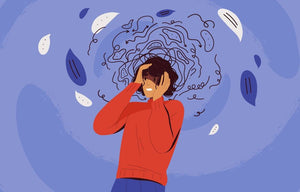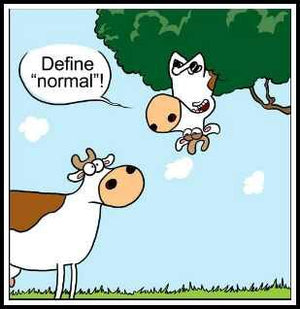Behavioural Approach -Phobias (Psychopathology Model Answers) (Paper 1 Model Answers)
Stan has a phobia of lifts. He was stuck for three hours in a broken lift when he was young. He feels sick when he sees a lift and now he cannot use escalators or ride on roller coasters in case they break down. He feels calm when he uses the stairs.
How could Stan’s phobia be explained using the two-process model? ( 4 marks)
Model Answer
Stan's phobia likely developed through a process of classical conditioning. When he was stuck in a broken lift for three hours, he experienced intense fear and distress. The unpleasant experience of being trapped in the lift became associated with the lift itself, resulting in a conditioned fear response. The sight of a lift now serves as a conditioned stimulus that triggers a fear response.
After the initial conditioning, operant conditioning may have reinforced Stan's phobia. Avoiding lifts, escalators, and roller coasters has become a way for him to escape or avoid the anxiety-inducing situations. This avoidance behaviour is negatively reinforced because it reduces Stan's fear and discomfort. As a result, he is more likely to repeat the avoidance behaviour in the future.
One explanation for phobias, including agoraphobia, is the two-process model.
Outline one limitation of the two-process model. ( 2 marks)
Model Answer
One limitation of the two-process model is that it does not fully account for the role of cognitive factors in the development and maintenance of phobias. The model primarily focuses on the role of classical conditioning and operant conditioning, overlooking the cognitive processes involved in the formation and maintenance of phobias.


